The Square: Ruben Ostlund on directing and writing the Palme d’Or film
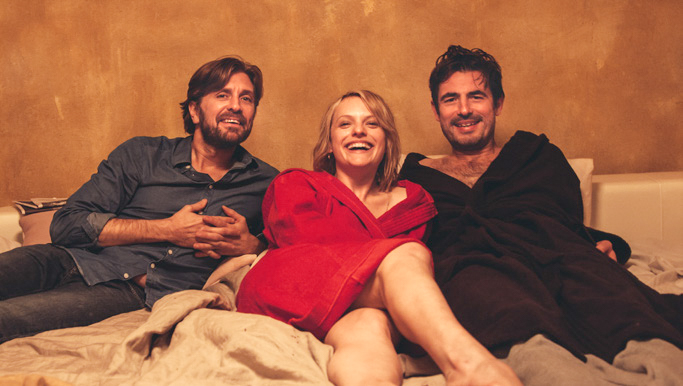
In 2008, the first gated community opened in Sweden, a gated residential area that only authorised owners could access, an extreme example of how privileged social groups shut themselves off from their surroundings. It is also one of the many signs of European societies getting more and more individualistic as government debt grows, social benefits shrink, and the gap between rich and poor widened continuously over three decades. Even in Sweden, once the most egalitarian society in the world, rising unemployment and the fear of a decline in status have led individuals to mistrust one another and to mistrust society. A prevailing feeling of political powerlessness has undermined our trust in the State and pushed us to withdraw into ourselves. But is this how we want our societies to develop?
During the research I made for my feature film Play, in which I describe how children mug other children, I repeatedly came across the inability we have to offer help in public spaces. The actual robberies that were Play’s backstory took place in broad daylight in the peaceful city of Gothenburg, in shopping malls, on trams and at public squares, and adults didn’t react even though the events took place really close to them.
This inhibition of our helping behavior when other people are present is known by social psychologists as “the bystander effect” or “bystander apathy”. Experiments show that the probability of help is inversely proportional to the number of bystanders, because of the “diffusion of responsibility” that prevails in larger groups although there is also evidence that group cohesiveness can balance out collective indifference.
When my father was young, in the 50s, Western society must have had a sense of shared responsibility. Indeed, he told me that his parents let him run around and play in downtown Stockholm at the age of six. They simply put an address tag around his neck in case he got lost. This reminds us that at that time, other adults were seen as trustworthy members of a community that could help a child if he ran into trouble, while today’s social climate does not seem to strengthen group cohesiveness, nor our trust in society; we now tend to see other adults as a threat to our children. With these thoughts in mind, Kalle Boman* and I developed the idea of The Square, an art project addressing trust in society and exploring the need to reassess our current social values.
The film’s title The Square is taken from the name of our project that was first exhibited in the fall of 2014 at the Vandalorum Museum in the South of Sweden. The exhibition exemplifying the ideal of consensus that should govern society as a whole for the greater good became a permanent installation on the city of Värnamo’s central square. If someone is standing in Värnamo’s led-light version of The Square, it is one’s duty to act and react if one needs help.
What is new here is only the manner we chose to evoke values. The Square is a place of humanitarian values, drawing on the ethics of reciprocity that appears in nearly every religion (the Golden Rule: Do unto others as you would have them do unto you) as well as in the Universal Declaration of Human Rights (“All humanbeingsarebornfreeandequalindignityandrights.They are endowed with reason and conscience and should act towards one another in a spirit of brotherhood”). If I left my bike unlocked somewhere and it got stolen, most people would think I only had myself to blame.
The exhibit in Varnämo experimented with the idea that social harmony depends on a simple choice that each and every of us makes every day: ”I trust people” or ”I mistrust people”. Museum visitors had to choose between two doors: Left, you trust people; right, you do not. Most people chose ”trust people”, but then had cold feet when later asked to leave their phones and wallets on the floor of the exhibition… This contradiction illustrates how difficult it is to act according to one’s principles.
In the film The Square we face the weakness in human nature: when attempting to do the right thing, the hardest part is not to agree on common values, but to actually act according to them. For instance, how should I treat beggars if I want to promote a fair and equal society where the gap between rich and poor has disappeared? Should I maintain the privileged lifestyle that allows me to give them something each day and improve their situation in a rather minor way? Or should I radically change my lifestyle so as to restore the balance between us? The rise of extreme poverty and the increase in the homeless population in first-world cities presents us with such a dilemma every day.
In my first feature, Involuntary, I reflected about how group behavior could make us cross the line with reference to Stanley Milgram’s experiment.
These tests are well known for exemplifying Hannah Arendt’s view of the banality of evil and humans’ obedience to authority.
Now, with The Square, I am inclined to cite the Good Samaritan experiment, conducted in 1973 at Princeton. Forty theology students took part in what they thought to be a study on religious education and vocations. After completing a questionnaire, they were instructed to go to another building and told to hurry, but to different degrees. On the way, an actor participating as a member of the group fell and acted out being in clear need of help. Obviously, the theology students knew the message of the Good Samaritan parable: You should help a person in need. Did the 40 theology students help? Most did not, and the results showed that the more they were told they had to hurry, the less helpful behavior they displayed.
Christian has a lot of different sides to him: he is both idealistic in his words and cynical in his deeds, both powerful and weak, and so on. Like me, he is a divorced father of two working in the cultural field, and committed to the existential and social questions raised by The Square. He is convinced that The Square, is a ground-breaking idea and truly wants art to bring people new thoughts, but at the same time he is a social chameleon who knows how to play his high-status part at the institution and to navigate the expectations of the sponsors, the visitors, the artists, etc.
Christian, faces questions we all face, of taking responsibility, trusting and being trustworthy, behaving morally at an individual level. And when he encounters a dilemma, his individual actions conflict with the moral principles he stands for. Christian will appear as a walking contradiction, just as many of us are. At the end of the film, we must evaluate if he learned his lesson.
The Square calls for a naturalistic and intimate style of acting. The loving relationship between Christian and his cheerleading daughters forms the emotional core of the film and shows, through concrete images, the idea of a quest for utopia. Indeed, the girls are united in a very efficient collective effort where every one of the individuals performing together plays an equally important part in the achievement. It is also a visual demonstration of the importance of trust to see ten-year-old girl dive into a salto, trusting that the others will catch her. The cheerleader’s focus and joy illustrates the best part of American society, a “team player effect” resulting from every American’s distrust of the State, perhaps?
Christian’s journey articulates the two (Socratic) sources of justice: the social contract and the individual ethics. Justice is obeying laws in exchange for others obeying them as well, but more than that, justice is also the state of a well-regulated soul. So the just man will also necessarily be the happy man. This old and seductive idea that “doing the right thing“, that justice, can buy happiness is not outdated. Researchers in social psychology have observed increased trust in others amongst volunteers with a high degree of social and political interaction, and refer to the phenomenon as the helper’s high”. Maybe people will laugh at Christian’s clumsy and humorously embarrassing actions, and at some other jokes in the film, but maybe also share the idea of justice underlying his journey.
As a satire, The Square exaggerates the worst tendencies that one can observe in our day and age, such as the way the media ignores their own responsibility when they reproduce the very problems they are reporting. PR specialists are hired by the museum to get the exhibit and the ideas surrounding The Square widespread media coverage. They sarcastically say that the idea of The Square is too “nice” that no one is interested if it is consensual. “To get journalists to write about it we need some controversy and this project is really lacking any edge or conflict.“
You can draw parallels to extreme parties, in Sweden, the US, France or elsewhere, which through provocative, polarising debate, grabbed the attention of the general public. In Sweden, such a party captured the position as the third largest political party. For the film I was inspired by the provocative stunts of Studio Total, a well- known PR agency in Sweden.
Tragic irony has turned social media into the best promotion tool around for terror organisations. Everybody knows, but no one has learnt, from the media hysteria leading Europeans to join ISIS, or inspiring the killings in Copenhagen a few weeks after Charlie Hebdo was attacked. Some years ago, press ethics would have prevented a newspaper or broadcaster from showing shocking, dubious or manipulated images. But as expenses and jobs were cut and journalists were overwhelmed, media has turned to increasingly sensational images. Now as long as a picture has explosive content, it doesn’t matter what the content is. The example of the picture of the drowned boy Aylan is alarming.
A single picture suddenly changed the “opinion” about asylum seekers in many newspapers in Europe and around the world. It showed how strong an impact a good image can have if it is provocative or touching enough to break through the never-ending flood of information and images we are confronted with.
But above all, I think it showed that we need a picture to get emotionally touched because media seldom defend a certain standpoint anymore. Indeed, unethical reports using sensationalist images have become the norm and spread all over the world via social media.
The Square tries to address this urgent question in a light-hearted, absurdist manner. The obviously fake YouTube clip created by the PR specialists to promote the exhibit’s moral stand exemplifies how media is a part of the way we look at the world and misunderstand it. I find it essential to analyze its effects, because I am convinced that moving images are the most powerful means of expression we have ever had, and thus more dangerous than ever. At the same time, film can provide us with exceptional access to the world: there are so many things we haven’t actually done ourselves, but we have experienced them in our minds through films.
Films can for instance enhance a critical way of thinking about the conventions and what we take for granted. I am thrilled when someone tells me they have been discussing my film all night with friends, because then my film has initiated change outside of the cinema theatre.

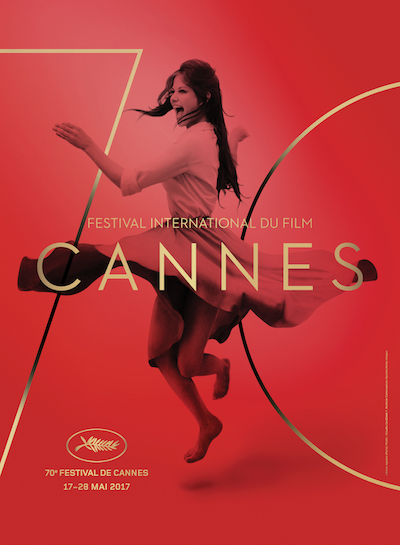
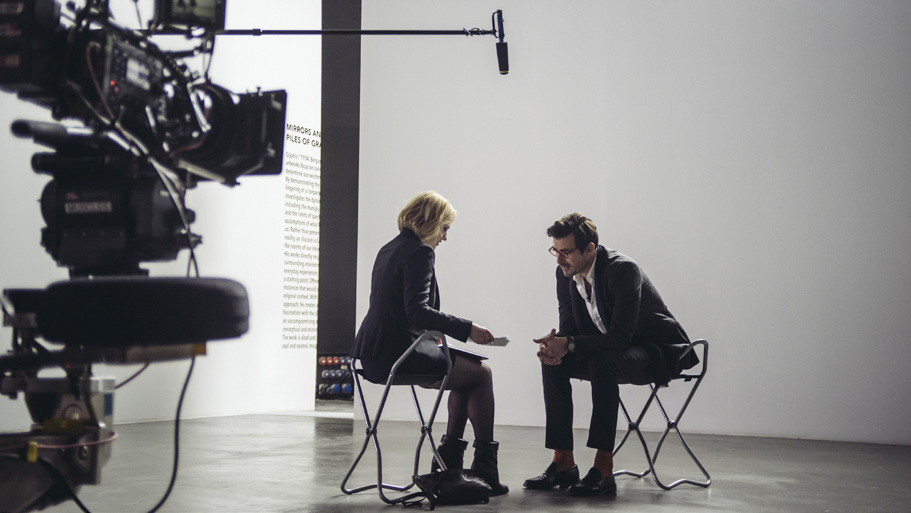
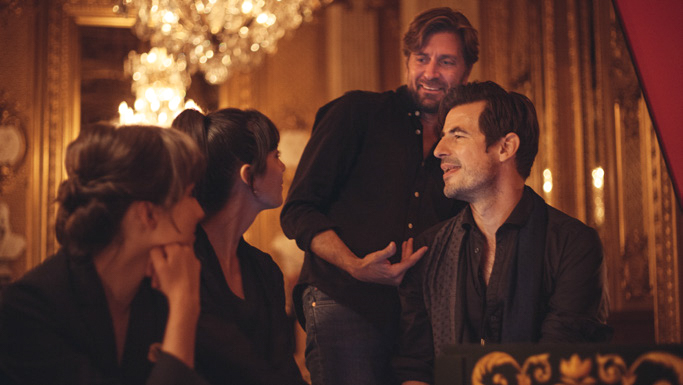
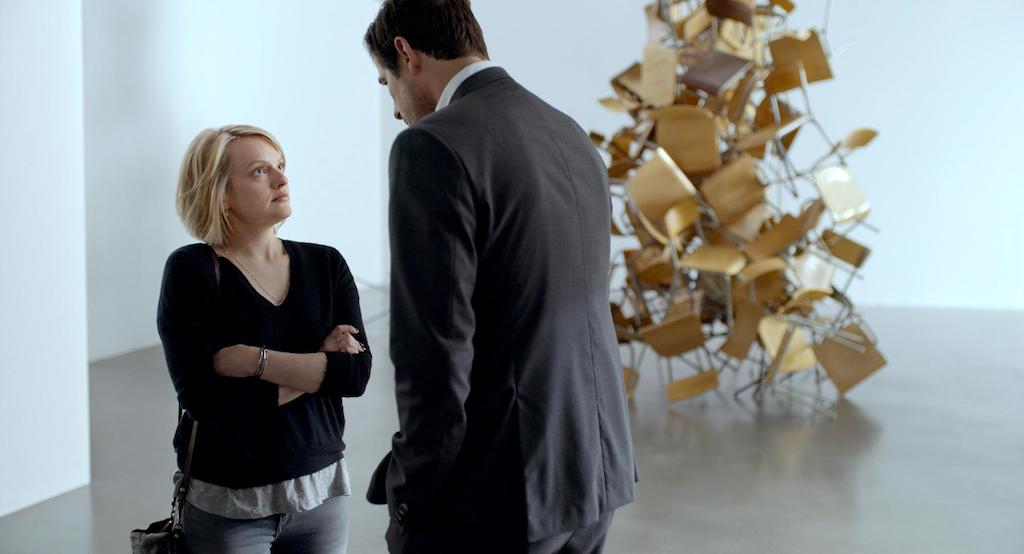

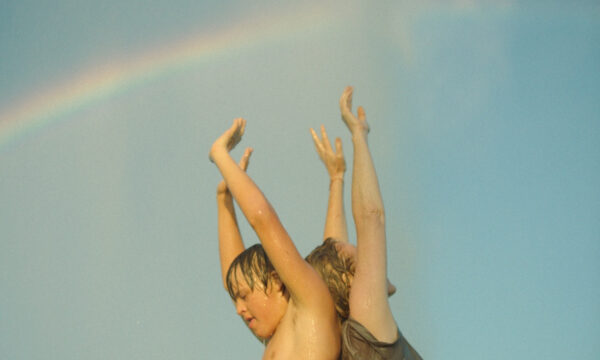
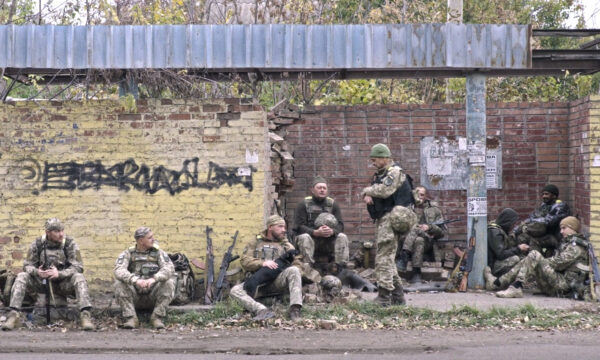
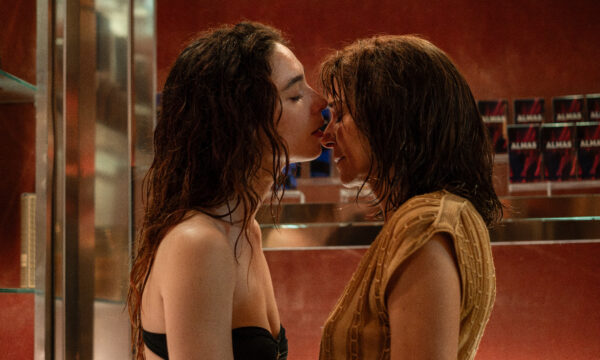
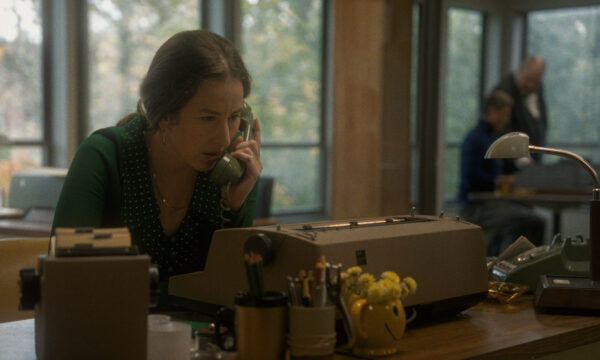


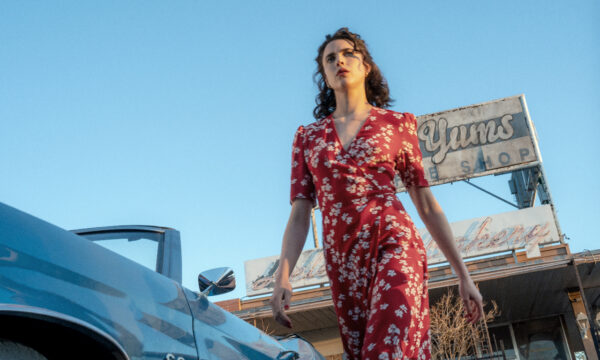
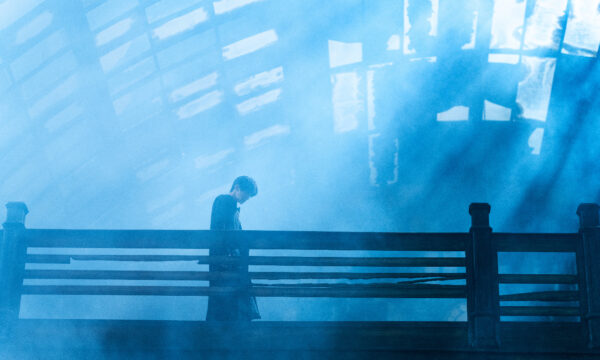
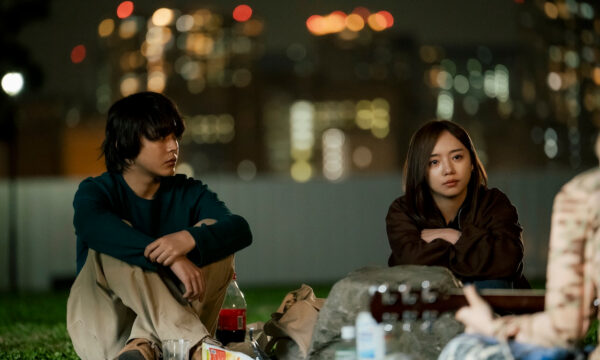

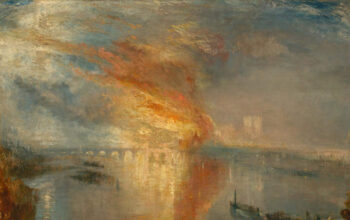
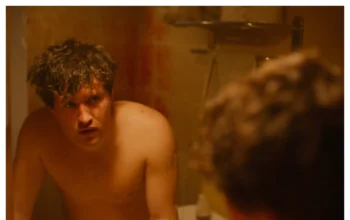

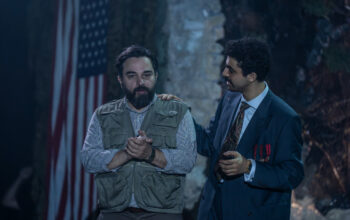










Facebook
Twitter
Instagram
YouTube
RSS